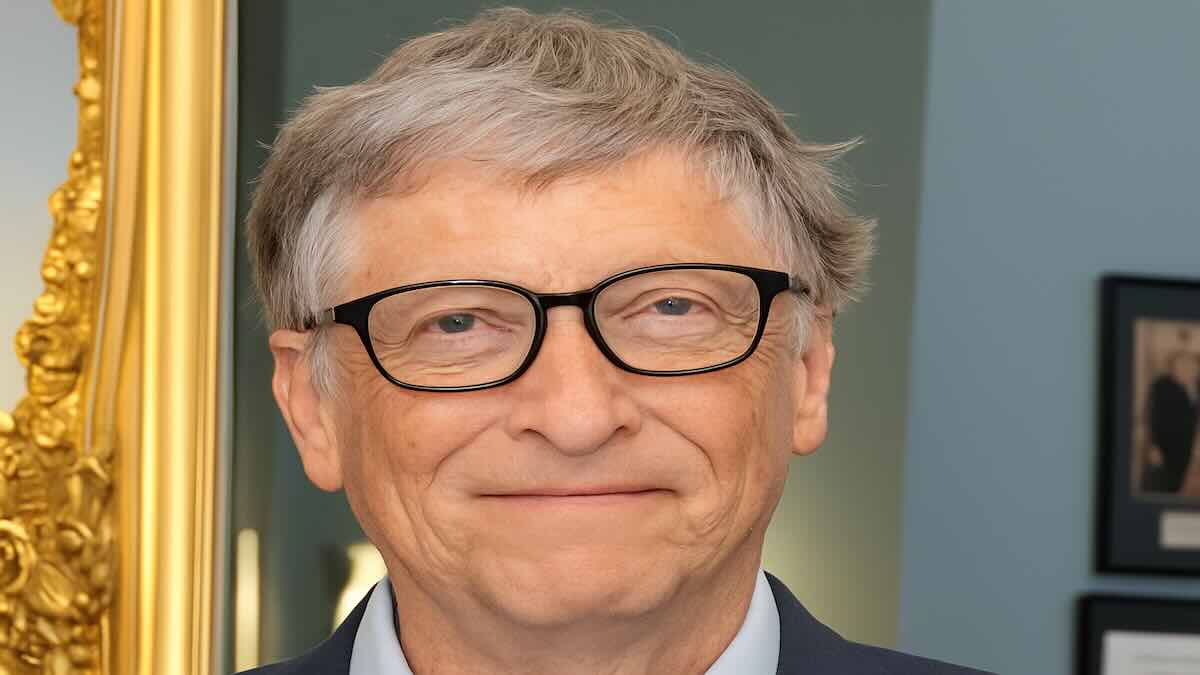A bold promise can tilt an entire industry. Bill Gates saw that rare talent could change the odds for Microsoft, so he prepared a war chest and a plan. The pursuit was precise, quiet, and focused on impact. He aimed to turn momentum into dominance while the personal computer boom accelerated. The numbers mattered, yet the vision mattered more, because one brilliant mind could push code, products, and strategy in the same direction.
Microsoft’s footing in 1980: cash, code, and a plan
Microsoft’s rise came fast as PCs spread into offices and homes. The company had licensed MS-DOS to IBM, and that deal reshaped its prospects. Demand soared, so execution had to scale with it. Internal teams built software that powered new machines, while partners asked for reliable updates. Processes tightened because releases needed speed and stability. Strategy turned on two hinges: keep the platform essential and keep the cadence steady. Bill Gates pressed for both, and he wanted talent that could multiply outcomes. The search centered on a builder who could connect low-level code with product needs. That blend would lift quality, reduce rework, and let new features land on time.
Why Bill Gates valued one rare mind over many résumés
The bet was simple and high-stakes. A single exceptional hire could unlock compounding gains across engineering, so the budget followed the thesis. The $120 billion figure signaled intent, because it framed negotiations and set a ceiling for speed. Hiring committees screened widely, yet the bar stayed severe. The brief called for curiosity and rigor in equal measure, plus the courage to ship. Negotiations tested fit as much as skills, since culture and pace had to align. Risk felt real, but the upside felt larger because a standout can change team behavior. With the right person in place, reviews get sharper, roadmap choices get clearer, and velocity holds.
Inside the hunt: profile, negotiation, and a high-stakes close
The target profile mixed creativity with disciplined systems thinking. Deep knowledge of compilers helped, while product empathy guided trade-offs. Interviews probed debugging habits and how the candidate handled late-stage pivots. Compensation talks stressed outcomes instead of optics, because trust grows when goals are explicit. The process stayed intense, then flexible where it mattered, so both sides could win. Once the hire landed, the first sprints focused on code paths that touched many modules. Build times dropped because bottlenecks were removed in sequence. Bill Gates pushed for quick wins that taught the organization a repeatable pattern: find leverage, fix the root, and protect flow.
What Bill Gates gained next: speed, clarity, and product lift
Impact showed up early. Review queues shortened, then teams shipped with fewer rollbacks. Libraries stabilized, so partner OEMs saw fewer edge-case failures. Customer feedback improved because glitches fell and features arrived synced with demand. The shift reached products that defined the era, as Windows gathered force and won share. Historical accounts credit this work with improving reliability, which helped adoption snowball. Teams learned to write for reuse, while testing became part of design rather than an afterthought. Meetings shrank because issues were solved at the right level. Quality moved upstream, and release trains ran on time. That rhythm stuck, and it kept compounding.
From turning point to playbook: how talent shaped Microsoft’s arc
The long-term effect extended beyond any single release. Practices hardened into habits, then into culture. Product planning folded engineering realities into market timing, so launches felt ready, not rushed. Hiring copied the pattern: hold a high bar, then support it with clear goals. That discipline built resilience through cycles, while the platform stayed central to partners and users. Competitors reacted, yet Microsoft held ground because coordination improved faster than rivals expected. The lesson spread through the industry as leaders chose to invest at the top of the talent stack. The idea sounds plain, yet it scales outcomes when done with care. Bill Gates proved the math by tying resources to rare, catalytic skills.
Lessons for today’s builders: value, guardrails, and durable growth
Modern teams can use the same logic with fresh constraints. Value the work that reduces future work, because leverage is the cleanest fuel. Tie offers to outcomes, then share how success gets measured, so trust and speed grow together. Keep negotiations human, since respect during hiring becomes culture during crunch time. Maintain guardrails around scope, budgets, and code health, while leaving space for creativity. Share early wins to teach the method, not the myth. Other firms now invest boldly in standout hires, and the pattern repeats because it works. The aim is not vanity. The aim is compounding progress that survives pressure and time.
What this recruitment still teaches leaders who build software
The story endures because the results endured. One rare hire, backed by clear goals and real resources, lifted quality, cadence, and confidence. Bill Gates matched cash with conviction, then turned that mix into durable momentum. Microsoft kept growing, and its influence stayed strong. The principle travels well across eras: fund what multiplies. Do it with patience, and protect the habits that make progress stick.
